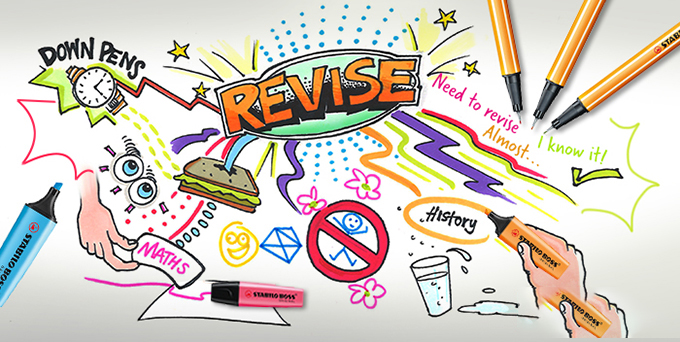
Academic writers need to let their readers know that they know what they are talking about. But feeling and talking like an expert is not easy – in fact, it’s often the exact opposite of how you think about yourself. So it’s helpful to be able to pick up the places in your writing where your text gives away your secret self-doubt.
Getting rid of self-abasing writing is a revision task. Put another way, moving from a first to a final draft is not simply about making the writing readable but also making the writing more authoritative.
One of the revision strategies you might consider is looking at your sentence beginnings. When we are writing crappy first drafts, lots of us write sentences that start something like:
What is really important is that…
It is crucial to note that…
Many readers will understand this to be…
We should not fail to see that…
It is vital to state that…
The major point here is that…
It is important to add here that…
Notice that ….
It might be argued that this is…
It is easy to ignore that…
I feel that…
These sentence beginnings often come immediately before a key point the writer wants to make. But the reader has to get through some superfluous verbiage before they get to it. And when they reach the point, its impact is dulled.
Of course, roundabout ways to start sentences are not wrong. But too many slow starts in a single text may leave the reader feeling uneasy. They may wonder – Perhaps the writer does not feel comfortable making their case? Perhaps the writer feels they need to have a bit of a warm-up before getting to the point? Perhaps the point is too point-ed for them?
Peter Elbow called the extra beginning words that come before the point protective scaffolding. The job of protective scaffolding is to support the writer get the text written. Protective scaffolding can be, Elbow suggests, a sign that an idea is not yet fully worked out. Yes, the point is too bald as it is and the reader does need some more information. Yes, the text does need to be more firmly stitched into the argument. Yes, the writer needs to remove the scaffolding and write more.
But protective scaffolding can also be there to protect the writer – a sort of textual disguise which takes the force and strength out of their point, says Elbow. Speaking with your hand over your mouth. Umming and aahing before stating the argument. Laughing before saying something terribly serious. Deflecting attention away from the speaker and their words.
Protective scaffolding is often used during drafting, as writers are still working out what they want to say and how to say it. But it may not be something that the writer wants to leave in their final text.
Elbow see the use of protective scaffolding as a form of self-emasculation; the scaffolding erodes the authority of the writer, prevents the writing being too forceful, takes the punch out of it, deflects potential criticism before any exists. Removing the scaffolding does not necessarily mean that the argument falls down. Rather, the writer and what they stand for is revealed.
So take Elbows advice. When you are revising, first of all check where you have protective scaffolding in your sentence beginnings. Highlight them all, then ask yourself:
- Does the idea that comes after the protective scaffold need more work?
And
- Is my writing more authoritative and expert-like when I take away the scaffold and confidently state my point?
If the answer is (2) and you do feel like you have left yourself a bit exposed when the scaffold is removed, you still have the choice of adding more weight and evidence to the point. If that evidence is already there, then take a deep breath. Assume the position of authority. You go girl, just take up the persona of the assertive and knowledgeable writer. The reader will never know it feels a bit strange. They just read you as an academic writer who know their stuff.
